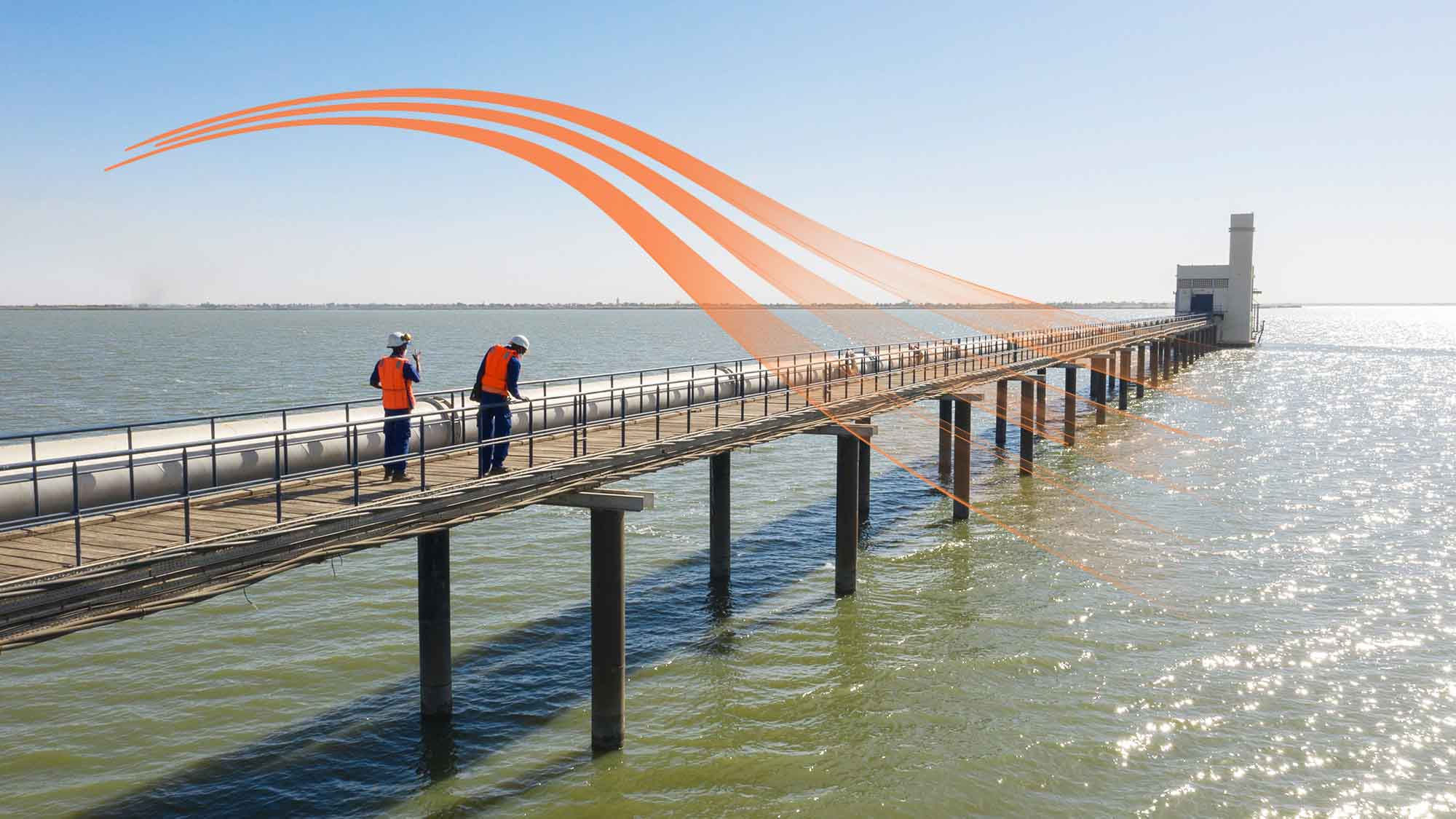SUEZ won the Group’s largest wetland reconstruction project in China
SUEZ won a contract of conception and design for Shanghai Chemical Industrial Park (“SCIP”) Eco-Wetland Reconstruction project. It is the first wetland project that SUEZ wins in Asia and also the biggest wetland project in the Group applying SUEZ ‘Zone Libellule’ concept, utilizing a constructed wetland to treat industrial wastewater.
SUEZ will design plans for SCIP, which aims to rehabilite the existing wetland - Phase I, and design a new constructed wetland - Phase II, so as to improve the treatment of industrial wastewater by the wetland’s natural functions. This zone is located downstream of the wastewater treatment plant operated by SUEZ. It is designed not only to achieve the tertiary treatment of effluents, but also includes guarantees for the elimination of pollutants, improving the quality of the water discharged into the environment and allowing for its re-use. With an estimated total investment at around RMB 136 million, the project, which covers around 50 ha, will start with the construction in the middle of 2017, and the zone will be launched in 2018.
Steve Clark, CEO of SUEZ Asia, said, "Developing artificial wetland projects holds special significance to the Group and the environment. This is another testimony of partnership in environmental protection between SUEZ and SCIP. We wish the SCIP artificial wetland project not only helps preserve the local environment but also generates a successful model of water conservation and water cleanup in China."
The design of the SCIP’s wetland project draws on feedback from SUEZ’s Zone Libellule pilot project as well as insights from the ZHART1 R&D project (2012–2016). This ecological engineering innovation will help improve the quality of SCIP’s treated wastewater, as measured by several industrial effluent pollution parameters: Chemical Oxygen Demand (COD), metals, phosphorus, nitrogen, etc. To meet the challenge of the high salinity of SCIP’s wastewater, plants of coastal regions and high salinity tolerance were selected. Through this ecological engineering solution, water treatment capacity will be improved, and a rich biodiversity will develop on the site. The design of the constructed wetland also combines water treatment and landscaping, which makes it both ecological and beautiful, and allows other benefits such as scientific research, eco-education, visit and tourism reception etc. as well. In addition, the wetland is designed on the basis of smart park concept, integrates renewable energy from solar panels and wind turbines, and sponge city design to integrate low carbon, low impact development and smart water environment monitoring into the entire park.
1 Zones Humides ARTificielles (“Artificial Wetlands”)
